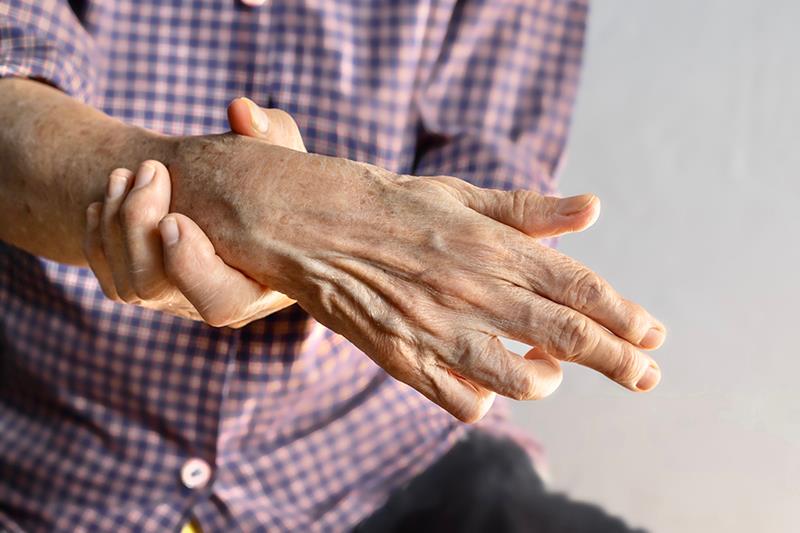High BMI tied to ulnar nerve entrapment development in nondiabetic individuals





A longitudinal study from Sweden shows an association between high BMI and the development of ulnar nerve entrapment (UNE) in a middle-aged cohort of individuals without diabetes from northern Europe, with over 25 years of follow-up.
“[This suggests] that high BMI is an independent risk factor for the development of nerve entrapment disorders irrespective of hyperglycaemia,” said the investigators.
The Kaplan-Meier plots show a longer UNE-free time among individuals who had a normal weight compared with those who were overweight or obese (plog-rank<0.002). [Int J Obes (Lond) 2025;doi:10.1038/s41366-025-01899-y]
Compared with normal weight, both overweight and obesity were associated with an increased risk of incident UNE after adjusting for age and sex (hazard ratio [HR], 1.49; p=0.02 [overweight] and HR, 2.07; p<0.01 [obesity]) and after additional adjustments for smoking, manual work, and hypertension (HR, 1.55; p<0.01 and HR, 2.23; p=0.001, respectively).
When evaluating BMI as a continuous variable, a 1-unit increase was independently associated with incident UNE, both in the crude (HR, 1.06; p<0.01) and fully adjusted (HR, 1.07; p<0.001) models.
Pathobiological mechanisms
The second most common peripheral neuropathy in the arm (next to carpal tunnel syndrome), UNE affects approximately 1–2 percent of the general population but may have a substantially higher incidence in individuals with diabetes. [Acta Neurochir 2007;149:669-674; J Bone Jt Surg Am 2017;99:408-416; BMJ Open Diabetes Res Care 2022;10:e002614]
The pathobiological mechanism by which obesity affects the peripheral nerve is multifactorial and is strongly associated with other components of metabolic syndrome (eg, hypertension, hypertriglyceridaemia, low high-density lipoprotein–cholesterol levels, insulin resistance). [Antioxid Redox Signal 2022;37:597-612]
One proposed mechanism is injury to neurons and related cells from oxidative stress induced by low-density lipoprotein–cholesterol, which may also affect endoneurial microvascular circulation. [Diabetologia 2019;62:1539-1549] There is also evidence suggesting mitochondrial dysfunction and altered mitochondrial axonal trafficking, which disrupt neurons’ bioenergetics. [Neuron 2023;111:2623-2641, FASEB J 2018;32:195-207]
Inflammation and development of a proinflammatory microenvironment due to altered lipid metabolism may also factor in the development of peripheral neuropathy. [Diabetologia 2019;62:1539-1549]
“Taken together, a high BMI might alter both the microenvironment, blood supply, and bioenergetics of the peripheral nerve, [potentially] lowering the threshold for entrapment,” they said.
BMI lowering a potential Tx approach
The study used data from the population-based Malmö Diet and Cancer Study, a cohort of individuals from southern Sweden. The study cohort comprised 23,254 individuals, followed for a median of 25 years. During the study period, 192 (0.8 percent) individuals developed UNE.
“Trying to isolate BMI and obesity as independent risk factors for UNE is [essential] to initiate early lifestyle interventions [and develop] new therapies. [Lowering BMI is] a potential treatment for UNE and other entrapment neuropathies,” the investigators said.
Despite the large sample, long follow-up, and longitudinal study design, the researchers acknowledged that the findings may not be extrapolated to other populations, as it was conducted in a Swedish setting (mostly Scandinavian participants). “Thus, the study must be repeated in a different population, and this should be kept in mind when interpreting the results.”